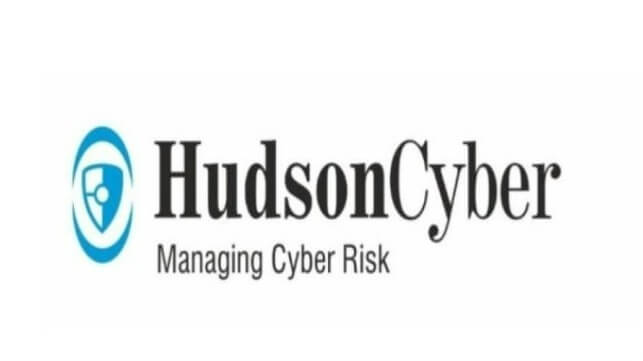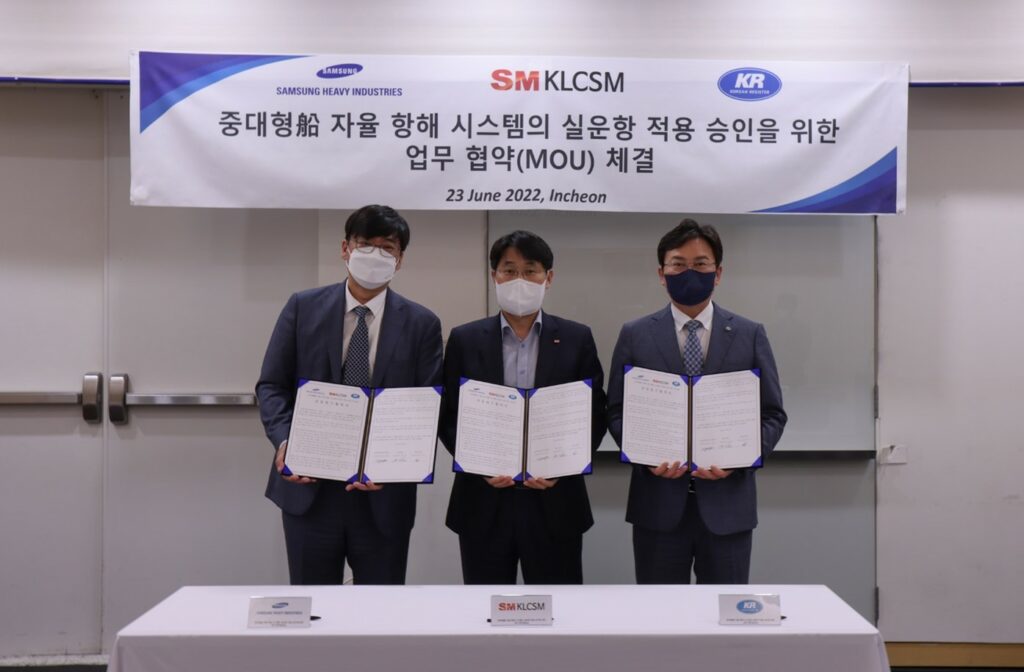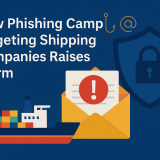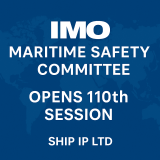Oslo Norway and Paris La Défense, 21st June, 2022 – Marlink, the smart network group, and leading classification society Bureau Veritas (BV) have signed an agreement to accelerate the delivery of cyber-secure digital tools and safety services in the maritime industry.
The agreement links Marlink’s smart hybrid connectivity with the remote digital and safety services provided by BV. Having identified crossovers in their mutual customer base, the partners will collaborate to enable maritime stakeholders to more easily adopt cyber-strengthened digital tools and applications using the Marlink network.
The partners have put in place a working group to support shipowners around improving the cyber-security of vessel data collection and facilitating compliance with regulation. This will support remote and digital operation modes on a journey to smarter, remote and, ultimately, autonomous ships with zero-emission.
Through their experience, Marlink and Bureau Veritas identified the need for dedicated channels of co-operation, recognising a common interest in removing the barriers to smarter, cleaner vessel operations. The two organisations will seize opportunities to work outside the silos that have held back the industry from accessing data that can lower operating costs, save fuel and drive compliance.
The partner program will be expanded over time, with a proactive approach towards new areas of collaboration bringing in new initiatives where possible, ultimately leading the industry into new eras around smart shipping, unmanned and autonomous vessels. As well as simplifying implementation of cyber security standards for shipyards, the agreement is ‘open source’, enabling third party application providers, start-ups and software developers to participate where appropriate.
“This is a partnership with real purpose whose foremost point is to take action to integrate digital tools and services that can bring value for shipowners and encourage and further develop cyber-secure, innovative Class operations,” said Matthieu de Tugny, President, Bureau Veritas Marine & Offshore. “BV is dedicated to helping our clients understand and manage the challenges of decarbonization and adopt the digital tools that can support the transition.
“Shipowners face huge efficiency and compliance challenges over the next decade and these need to be considered now to create a future-proof path that can integrate core operational components onboard and ashore,” said Tore Morten Olsen, President, Maritime, Marlink. “Digitalisation is critical to improving voyage optimisation and vessel performance, achieving regulatory compliance and meeting ESG goals, but shipowners shouldn’t have to act as project managers – this partnership means they can streamline and simplify their digital journey based on Class guidelines and recommendations.”
Source: https://www.seanews.co.uk/maritime-events/bureau-veritas-and-marlink-improving-digital-connectivity-and-integration-for-class-operations/








